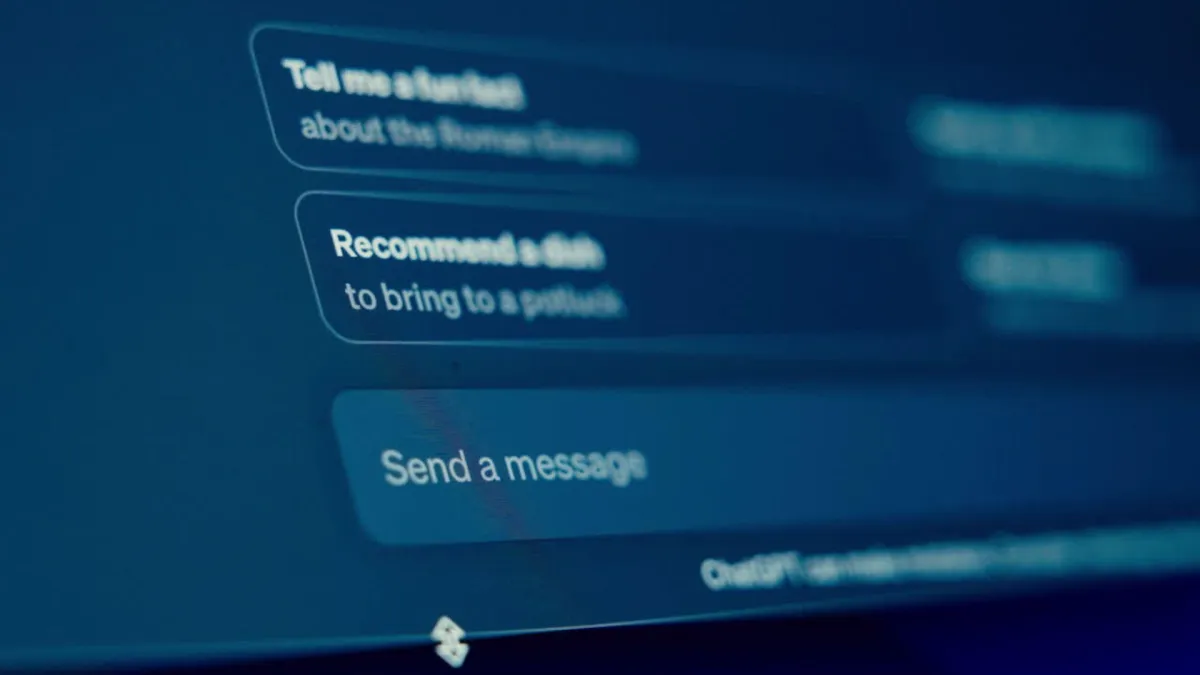Write Better Online Content in 5 weeks.
An email-delivered mini-course that shows you how - for free!
You probably don't have time or the creative energy to come up with new things to write on your social media or blogs every single week - let alone every day. That makes you a human!
But I've been pumping out tonnes of content for years now and I wouldn't be able to do it without a system to help me work out what to write about, how to write about it, and how to keep doing that over and over again without getting too repetitive.
Even if you think that what you do might come off as boring to others, this mini-course will show how to approach your topic from multiple angles.
Best of all, it's free and delivered once a week to your inbox so you get a chance to try out the methods for yourself.
Ready to get started on the mini-course? Enter your email address to get started on Week 1.
Your email address will never to be passed to anyone else.
At the conclusion of the five week series, you will not be subscribed to any marketing list of mine without you choosing it yourself.
I will send you one final email to personally congratulate you when you've completed your course to let you know what next steps you might want to take - however there is no pressure to take up any offers or even response to me. I'm not that precious!
Latest from The Saturday Sprint

How to get better results from ChatGPT in 2025
How to Get Better Results from ChatGPT in 2025
Getting the most out of ChatGPT is all about knowing how to talk to it effectively. Let's break down how to do this in simple terms, focusing on what really works.
Understanding the Basics
When you ask ChatGPT a question, the way you ask matters a lot. Think of it like talking to a very smart friend who wants to help but needs clear directions. If you've ever gotten confusing or unhelpful answers, it's probably because the question wasn't specific enough.
Let's walk through a simple process that will help you get better results, using a bakery business as an example.

1. Start with a Clear Goal
Before asking ChatGPT anything, know exactly what you want to achieve. For example, instead of saying "I want more customers," you might say "I want to attract more local customers to my bakery through social media." The clearer your goal, the better ChatGPT can help you.
2. Know Your Audience
Tell ChatGPT who you're trying to reach. Instead of just saying "customers," be specific: "I want to reach young professionals who care about healthy eating and are willing to pay more for quality baked goods."
3. Set Clear Targets
Include specific numbers and timeframes in your requests. For example: "I want to increase my bakery's Instagram followers from 500 to 1,000 in the next three months." This helps ChatGPT give you more practical advice.
4. Explain What Makes You Special
When asking for marketing help, tell ChatGPT what makes your business unique. For example: "My bakery uses organic ingredients and natural sweeteners, and we specialize in gluten-free options."
5. Choose Your Marketing Channels
Tell ChatGPT which platforms you want to use. For instance: "I want to focus on Instagram and email marketing to reach my customers." This helps it give you targeted advice for those specific platforms.
Making Your Request More Effective
Here's how to structure your requests to ChatGPT:
- Start with context: "I run a small bakery in Seattle..."
- Explain your situation: "We're currently getting most customers through word-of-mouth..."
- State your goal: "I want to attract more customers through social media..."
- Ask specific questions: "What types of Instagram posts would work best for my bakery?"
Real-World Example
Instead of asking:
"How can I market my bakery?"
Try asking:
"I run a health-conscious bakery in Seattle specializing in gluten-free treats. My target customers are health-conscious professionals aged 25-40. Can you help me create a month's worth of Instagram post ideas that would appeal to this audience and highlight our unique healthy ingredients?"
Tracking Your Progress
When asking ChatGPT for help with planning, always include how you'll measure success. This might include:
- Number of new followers
- Website visits
- Customer sign-ups
- Sales increases
Budget Planning
When discussing marketing plans with ChatGPT, be clear about your budget. For example: "I have $500 per month to spend on marketing. How should I divide this between Instagram ads and influencer partnerships?"
Handling Potential Problems
Ask ChatGPT to help you plan for things that might go wrong. For example: "What should I do if my Instagram engagement drops?" or "How can I adjust my marketing if sales are slow during certain seasons?"
Taking Action
After getting advice from ChatGPT, create a simple action plan:
1. Set dates for when you'll start and finish each task
2. Decide who will handle different parts of the plan
3. Gather everything you need (photos, text, etc.)
4. Schedule regular check-ins to see how things are going
Tips for Better Results
- Be specific about your industry and experience level
- Ask for examples when you need them
- Request step-by-step instructions for complex tasks
- If you don't understand something, ask for clarification
- Break big requests into smaller, more focused questions
Making Adjustments
Remember that you can always come back to ChatGPT to adjust your plan. If something isn't working, explain what happened and ask for new ideas. For example: "The Instagram strategy you suggested isn't getting much engagement. Based on these results [describe results], what should I try instead?"
Final Thoughts
The key to getting great results from ChatGPT is being clear, specific, and organized in your requests. Think of it as a conversation where more detail leads to better advice. Start with your goals, provide context about your situation, and ask focused questions.
Remember that ChatGPT is a tool to help you think through problems and generate ideas. The more information you provide, the more tailored and useful its responses will be. Don't be afraid to ask follow-up questions or request clarification if you need it.
Practice making your requests more specific and detailed, and you'll notice a big improvement in the quality of answers you get. Whether you're working on marketing, content creation, or business strategy, taking the time to craft clear, detailed prompts will help you get much better results from ChatGPT.
The Confidence to try new things.
The Skills to get things done.
The Drive to Innovate.
The Strategy to Succeed.
Start Here.
Your email is not shared with anyone and will not be used to send you anything apart from my newsletter.
Australian Digital Education & Retail Group Pty Ltd
ACN: 683428882
PO Box 36078 Winnellie NT 0820 Australia
Messsage Service: +61 440 137 779


